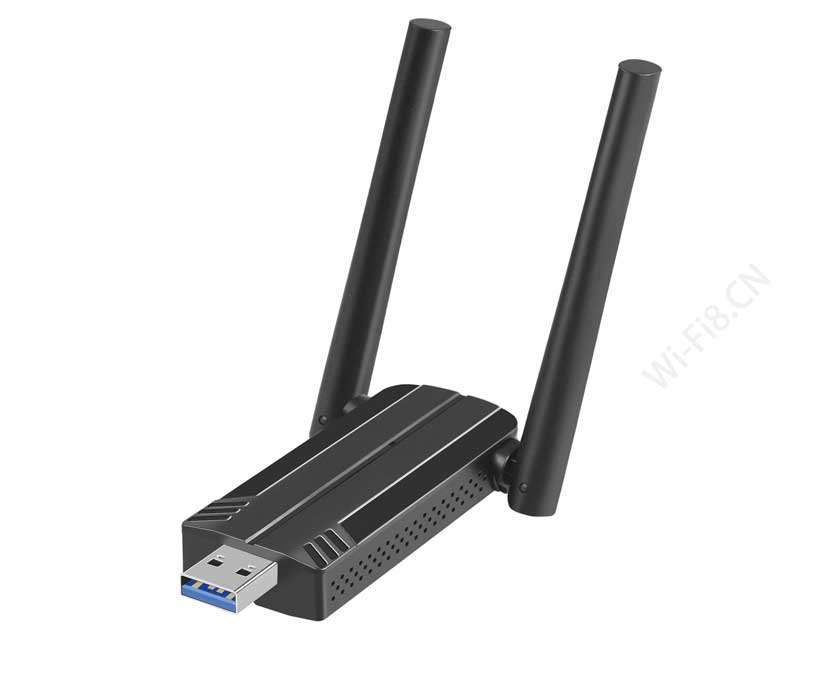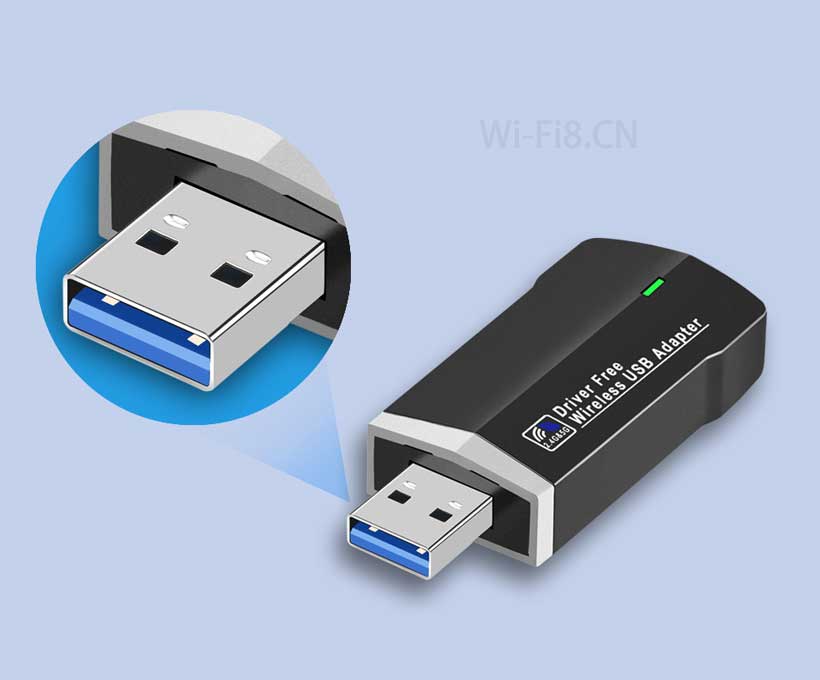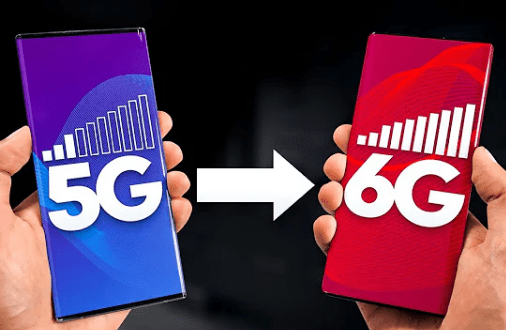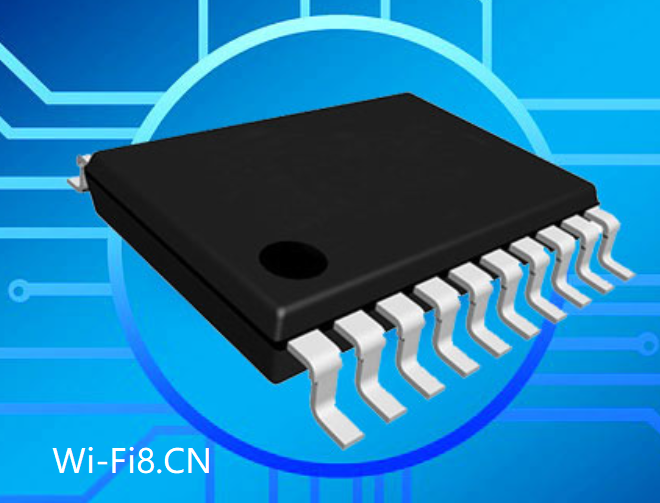About the IEEE 802.11ax (Wi-Fi 6) standard
The MU-MIMO and OFDMA mechanisms in WiFi 6 complement each other. They are all multi-user (MU).
In 2018, the Wi-Fi Alliance announced a new version of the IEEE 802.11ax (WiFi6, AX) standard.
In the announcement, a new simplified name for the current and future Wi-Fi standard was introduced (we previously reported on the “new Wi-Fi standard name”).
About the IEEE 802.11ax (Wi-Fi 6) standard
In September 2019, the WiFi6 certification program began, which was formally adopted (approved) by the IEEE Standards Association in September 2020. The Ministry of Communications of the Russian Federation allowed the certification of devices supporting the WiFi6 standard in August 2020.
In 2021, Keenetic released the first router model that supports Wi-Fi AX class.
The advantages of the WiFi 6 standard will not affect home users much. The Wi-Fi network of a router that supports 802.11ax will not become more powerful than 802.11ac, the signal coverage will not increase, and the connection speed of devices that do not support AX will not increase.
802.11ac
A Wi-Fi 6 router still can’t replace a Wi-Fi system and cover multi-room or multi-story rooms with solid walls and ceilings without significant speed loss. Multiple APs will be more effective without customer support for the new OFDMA and UL MU-MIMO technologies.
If you already have a client device that supports 802.11ax or plan to buy the latest router that supports the latest Wi-Fi 6 standard, this is called “future-proof”, considering the speed of development of new technologies and gadgets, the prospect of Wi-Fi network equipment replacement, choosing a Keenetic router that supports the AX standard will be the best solution.
But even today, in many cases the practical and best option for connecting to the Internet and organizing your own Wi-Fi networks is a dual-band Wi-Fi router that uses the 802.11ac standard. Mobile devices that support the AC standard.
Wi-Fi 6 standard
In this case, you will also get the benefits of dual-band networks and fast Wi-Fi data transfer speeds. Older flagship Keenetic AC models (Peak, Ultra KN-1810, Giga KN-1010, Giant, Ultra SE) are almost as good as the newer models that support AX.
The new Wi-Fi 6 standard certainly has a lot of useful innovations and is the next stage in the evolution of network technology.
But the transition from Wi-Fi 5 to Wi-Fi 6 doesn’t seem as disruptive and significant to users as the transition from 802.11n (Wi-Fi 4) to 802.11ac (Wi-Fi 5).
The AC standard gives users the opportunity to use the free 5 GHz band to increase data rates by increasing channel widths and introducing new Airtime Fairness and Beamforming technologies.
Over time, as users update their devices, it will be possible to count on the benefits of the new technologies of the Wi-Fi 6 standard, which adaptation and implementation are just beginning.
Major innovations in the WiFi 6 (IEEE 802.11ax) standard
Improved overall transmission data rate
The overall data transfer rate in WiFi 6 is not significantly higher than the data transfer rate in the Wi-Fi 5 standard.
In Wi-Fi 6, the maximum theoretical data rates will be 600 Mbps (80 MHz, 1 spatial stream) and 9607 Mbps (160 MHz, 8 spatial streams) instead of 433 Mbps (80 MHz, 1 spatial stream) and 6933 Mbps (160 MHz, 8 spatial streams) in the Wi-Fi 5 standard.
OFDMA mode
Wi-Fi6 adds OFDMA (Orthogonal Frequency Division Multiple Access) mode to improve spectral efficiency. OFDMA technology is borrowed from the 4G LTE cellular industry and is similar to the multi-user version of OFDM used in Wi-Fi 5.
OFDMA provides the ability to establish connections between an access point and multiple clients simultaneously by dividing signals into frequency subcarriers (additional smaller subchannels) and dividing them into groups to handle separate data streams, called Resource Units (RUs). It will allow you to broadcast data to multiple Wi-Fi 6 clients at the same time at average speed and use the same channel instead of waiting.
To take advantage of this enhancement, all clients must support the 802.11ax standard. For a small number of devices, as well as heavy loads on the access point, this effect is completely invisible.
MU-MIMO technology improvements
Wi-Fi 6 provides uplink support (UL MU-MIMO) for MU-MIMO (Multi-User Multiple-Input Multiple-Output) technology.
Previously, in the Wi-Fi 5 standard, MU-MIMO technology only acted in the downlink direction (DL MIMO) from the router to the client.
Suppose WiFi 6 can theoretically support up to eight simultaneous spatial streams in both directions (8×8), with the possibility of delivering four streams simultaneously to a single client.
However, earlier versions of 802.11ax-certified devices may not support this feature. Mass devices will mainly use MIMO 4×4 and 2×2.
The Wi-Fi Alliance says the DL MU-MIMO mechanism, along with the OFDMA mode, will be able to increase network load capacity and performance, provide more simultaneous connections and make better use of the allocated range.
But this only works if the client supports a particular technology.
Currently, most clients don’t even support MU-MIMO and 802.11ac Wave2 version 2. Those who support it still do not support bidirectional MU-MIMO.
Increase the modulation level to 1024-QAM
In 1024-QAM, the length of each encoded symbol is increased from 8 bits (in 256-QAM on the Wi-Fi 5 standard) to 10 bits, which increases data rates and spectral efficiency by about 25% because each packet will hold more data.
Note, however, that this improvement is only effective when the signal level is high and the noise is low. For example, the receive power level required to decode a frame with 1024-QAM 5/6 modulation on an 80 MHz channel must be at least -45 dBm, which can only be achieved when the receiver and transmitter are close to each other.
The following table is the maximum data rate (in Mbps) supported by the 802.11ax standard, depending on the number of spatial streams, modulation, coding rate, channel width (20/40/80/160 MHz), and the duration of the guard interval.

Use the BSS Color network packet shading mechanism
In the Wi-Fi 6 standard, wireless devices will be able to recognize signals from overlapping BSS networks (Basic Service Sets) and, based on this information, prevent collisions.
To distinguish packages from different BSS, a new concept of “color” identifiers, the Color Code, was introduced into the standard.
If wireless devices are operating on the same channel, they can transmit data using a unique color-coded BSS in the 802.11ax frame, and if the identifiers match, they can communicate over the air simultaneously without waiting.
If the detected frame has a different Color Code BSS ID, the device ignores it.
The BSS Color mechanism marks packets in the channel to identify “friend or foe.” Until recently, there was no mechanism to identify network packets as “friend or foe,” where if one device was traveling over the air, others were waiting in line.
This causes the transfer speed to drop down and increases latency in networks with a large number of devices.
Again, note that for the BSS Color mechanism to work, the wireless devices on your network must support the Wi-Fi 6 standard.
Reduce power consumption
The existing energy-saving models complement the new mechanisms. Added Target Wake Time (TWT) functionality developed in the 802.11ah protocol.
It will allow Wi-Fi 6-enabled client devices to sleep and “wake” on schedule. Routers can tell clients when to “sleep” and when to “wake up,” which promises to save battery power, increase standby autonomy, and reduce network congestion.












